24+ Sample Letter Layout
-

Job Application Letter Layout
download now -
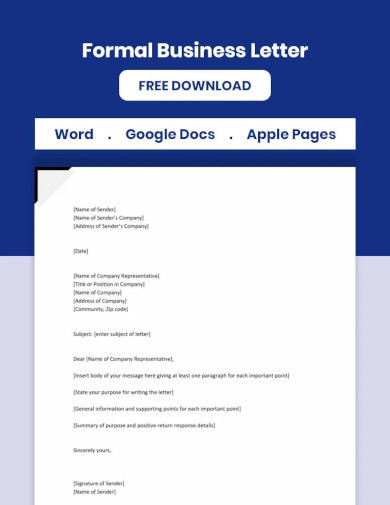
Business Letter Layout
download now -
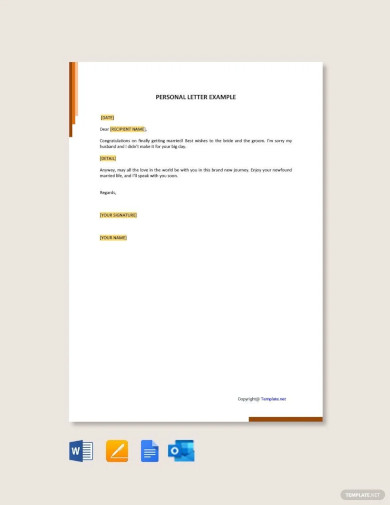
Personal Letter Layout
download now -
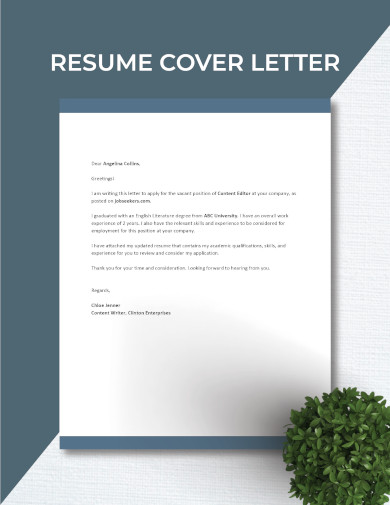
Resume Cover Letter Layout
download now -
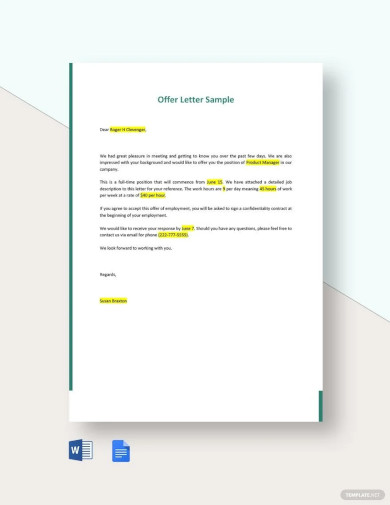
Offer Letter Layout
download now -
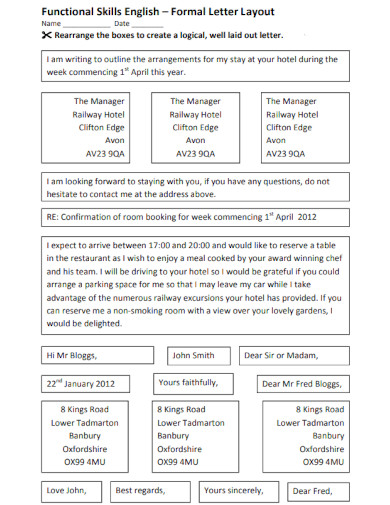
Formal Letter Layout
download now -
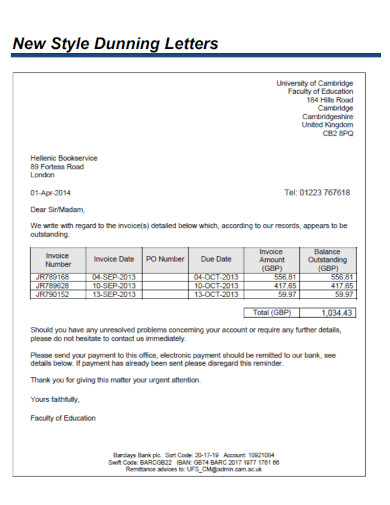
Dunning Letter Layout
download now -

Resignation Letter Layout
download now -
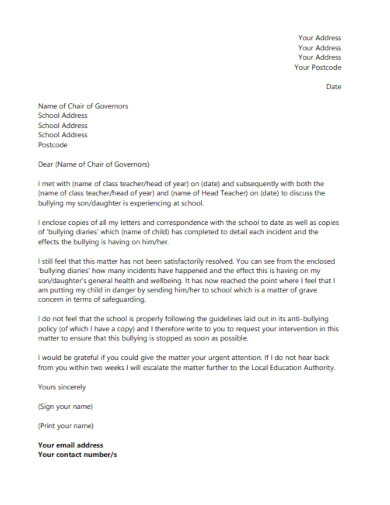
Sample Letter Layout
download now -
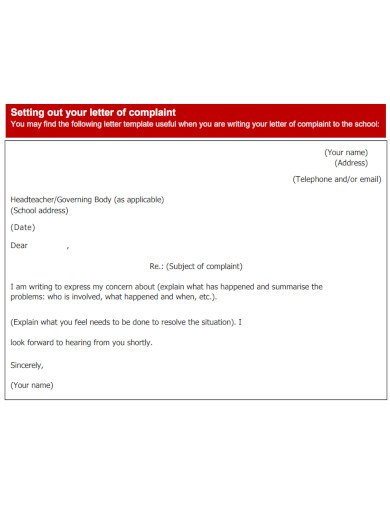
Complaint Letter Layout
download now -
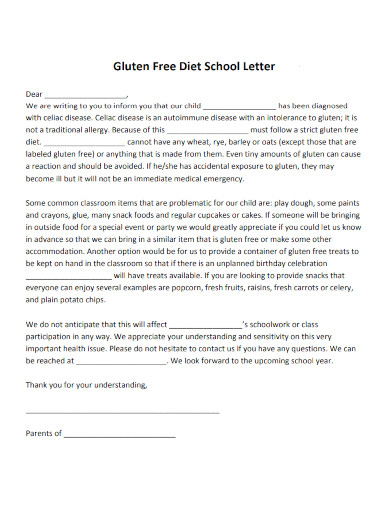
School Letter Layout
download now -
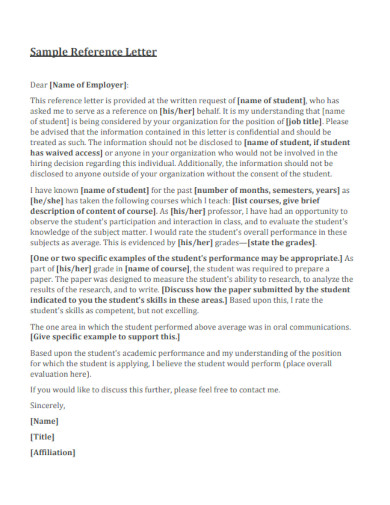
Reference Letter Layout
download now -
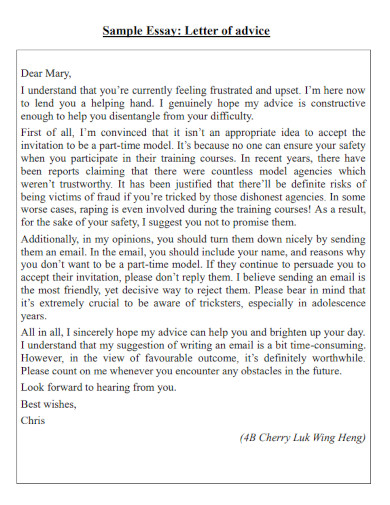
Essay Letter Layout
download now -
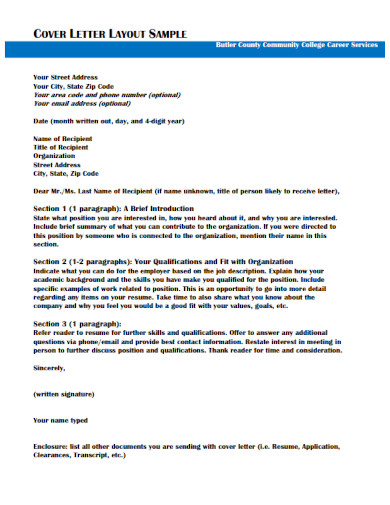
Sample Cover Letter Layout
download now -
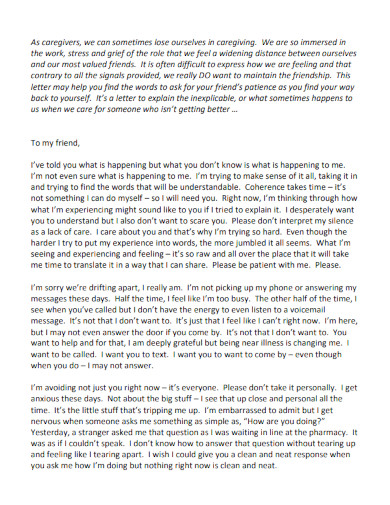
Letter to a Friend Layout
download now -
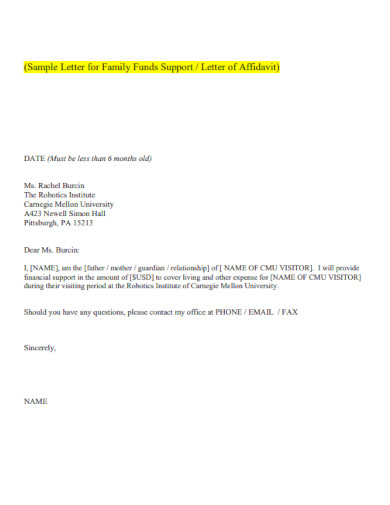
Affidavit Letter Layout
download now -
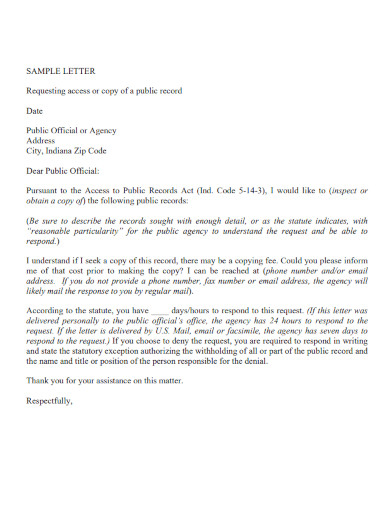
Basic Letter Layout
download now -
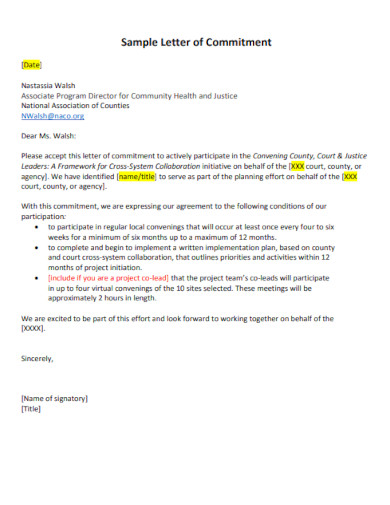
Commitment Letter Layout
download now -
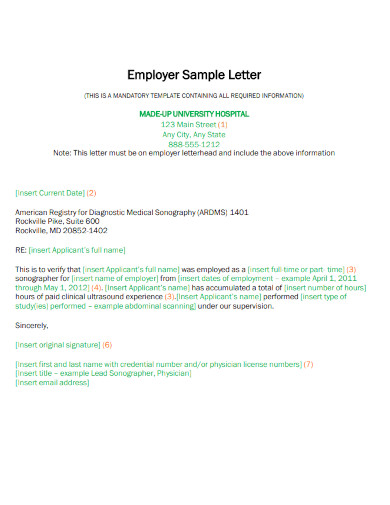
Employer Sample Letter Layout
download now -
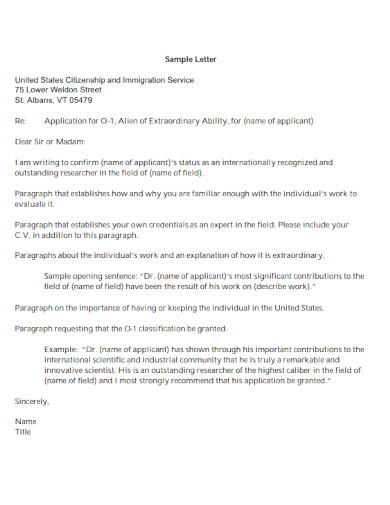
Letter Format Layout
download now -
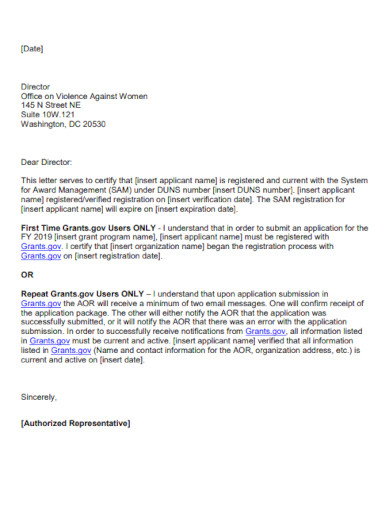
Letter of Intent Layout
download now -
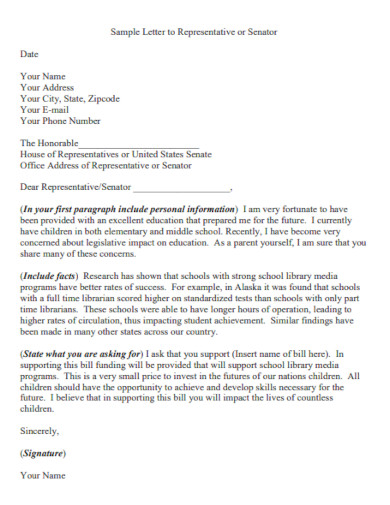
Official Letter Layout
download now -
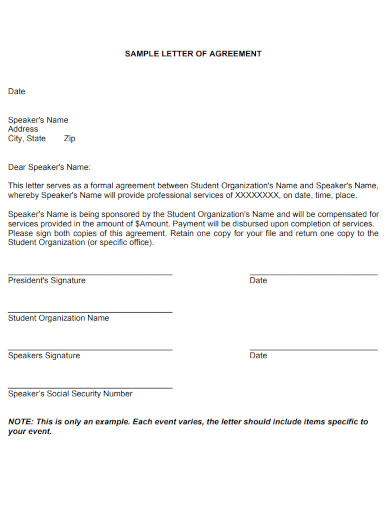
Agreement Letter Layout
download now -
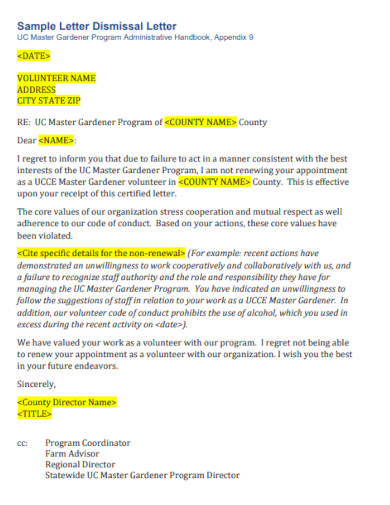
Dismissal Letter Layout
download now -

Bank Letter Layout
download now
FREE Letter Layout s to Download
24+ Sample Letter Layout
What is a Letter Layout?
Types of Letter Layouts
How to Create a Letter Layout
FAQs
What are the essential elements to consider when crafting a sample formal business letter layout in Google Docs?
How can I create a visually appealing and professional letter template in Microsoft Word?
What are the key differences between handwritten and professional letter templates, and how can I choose the appropriate one for my needs?
Can you provide some examples of complaint letter layouts that effectively convey concerns and dissatisfaction?
How can I effectively format a letter in Google Docs or Word for school-related purposes, such as seeking permission or addressing concerns to teachers or administrators?
Are there any aesthetic considerations to keep in mind when designing a letter layout to make it visually appealing and engaging?
What are some common mistakes to avoid when writing business letters, and how can I ensure my letter layout supports clear and effective communication?
What is a Letter Layout?
A letter layout serves as the structural blueprint for various types of written correspondence, blending creativity with professionalism to convey messages effectively. It encompasses formal and informal business letters, catering to the diverse needs of communication in the corporate world. From handwritten to polished professional letter templates, it offers a spectrum of choices to suit individual preferences. Expressive complaint letters voice concerns, while captivating cover letters showcase one’s qualifications. Heartfelt personal letters for friends foster connections and thoughtful reference letters vouch for someone’s capabilities. Meanwhile, resignation letters communicate departure with grace and poise. Whether it’s letter writing for school projects or business proposals, a well-crafted layout elevates the aesthetic appeal of each missive, leaving a lasting impact on recipients.
Utilizing various letter layouts for different purposes and settings offers remarkable benefits to individuals, students, business professionals, and others. According to a study by Harvard Business Review, personalized cover letters increase the chances of job applicants being selected by 65%. Formal business letters with a clear layout and tone enhance credibility, fostering stronger client relationships and boosting response rates by 50%, as reported by McKinsey & Company. For students, well-structured letters improve grades in academic writing assignments by 30%, based on research from the National Association of Educational Progress. Moreover, appealing personal letters for friends nurture emotional connections, with 80% of recipients expressing increased satisfaction, as per a survey by the Journal of Communication Studies. Different letter layouts cater to diverse contexts, maximizing effectiveness, and making each communication impactful and memorable.
Explore the diverse world of letter layouts, each designed to suit specific purposes and settings. From formal business letters to heartfelt personal notes such as sample thank you notes, discover the art of communication through various styles that leave a lasting impression.
Master the art of crafting compelling letter layouts with these essential steps. Whether you’re writing formal business correspondence or heartfelt personal messages, this guide will walk you through the process, ensuring your letters leave a lasting impression with optimal clarity and aesthetics.
Determine the letter’s intention – whether it’s a formal business letter, complaint letter, personal letter, or any other type. Understand the recipient and the context to tailor the layout accordingly for optimal impact and effectiveness.
Based on the purpose, select an appropriate format – formal or informal. Decide whether a handwritten touch or a professional template is suitable, considering the desired aesthetic and tone.
Structure the letter with sender and recipient details, date, salutation, body paragraphs, and a closing signature. Ensure clarity, coherence, and logical flow to convey the message effectively.
Proofread the letter layout to correct errors, verify information, and enhance readability. Check alignment, font consistency, and overall aesthetics. Seek feedback if needed, refining until the letter achieves the desired impact.
When creating a formal business letter in Google Docs, there are several key elements to consider. First, ensure that the letter includes a professional and clear header, which includes your name, title, company name, and contact information. Next, use a formal and appropriate salutation, such as “Dear Mr./Ms.” followed by the recipient’s last name. The body of the letter should be well-organized and concise, with each paragraph addressing a specific point or topic. Use a professional tone and language throughout the letter, avoiding any slang or informal expressions. Finally, end the letter with a polite closing, such as “Sincerely” or “Best regards,” followed by your name and title.
When designing a letter template in Microsoft Word, it is important to create a visually appealing and professional layout. Start by selecting an appropriate font and font size for the body of the letter, ensuring that it is easy to read. Use headings and subheadings to organize the content and make it visually appealing. Incorporate your company’s logo or branding elements to add a professional touch. Pay attention to spacing and alignment, ensuring that the letter looks clean and well-structured. Use bullet points or numbered lists to present information in a clear and concise manner. Finally, proofread the letter template to eliminate any spelling or grammatical errors before saving it for future use.
Handwritten letters and professional letter templates have distinct differences. Handwritten letters have a personal touch and can convey a sense of sincerity and authenticity. They are often used for personal or informal communication. On the other hand, professional letter templates are designed for formal business communication and are typically typed or printed. They follow specific formatting guidelines and often include company branding elements. Professional letter templates are more efficient for large-scale communication and can be easily customized and replicated.
When writing a complaint letter, it is important to use a layout that effectively conveys your concerns and dissatisfaction. Start with a clear and concise introduction, stating the purpose of the letter and providing relevant details, such as the date of the incident and any reference numbers. In the body of the letter, clearly outline the problem or issue, providing specific examples and supporting evidence. Use a respectful and professional tone throughout the letter, avoiding any personal attacks or insults. Offer suggestions for resolution or request appropriate actions to be taken. End the letter with a polite closing and provide your contact information for further communication.
When formatting a letter for school-related purposes in Google Docs or Word, it is important to follow certain guidelines. Start with a formal header, including your name, title, and contact information. Address the letter to the appropriate recipient, such as the principal or teacher. Use a polite and respectful tone throughout the letter. Clearly state the purpose of the letter in the introduction and provide any necessary background information. Organize the body of the letter into paragraphs, each addressing a specific point or concern. Use bullet points or numbered lists if necessary. End the letter with a polite closing and your name. Proofread the letter for any errors or typos before submitting it.
When designing letter layouts, aesthetic considerations play a crucial role in creating visually appealing and engaging letters. Choose an appropriate font and font size that is easy to read. Use headings, subheadings, and bold or italicized text to create a visual hierarchy and emphasize important information. Incorporate colors that align with the purpose or branding of the letter, but avoid using too many colors that may distract from the content. Use white space effectively to create a clean and uncluttered layout. Consider using images or graphics that are relevant to the content of the letter, but ensure they do not overpower the text. Test the letter layout on different devices and screen sizes to ensure it is responsive and visually appealing across platforms.
When writing business letters, it is essential to avoid common mistakes that can hinder effective communication. One common mistake is using overly complex or technical language that may confuse the recipient. Instead, use clear and concise language that is easily understood. Another mistake is neglecting proper formatting and organization, which can make the letter difficult to read and follow. Ensure that the letter is well-structured, with paragraphs addressing specific points and a logical flow of information. Avoid using a confrontational or disrespectful tone, as it can damage professional relationships. Proofread the letter for any errors or typos before sending it, as mistakes can undermine the credibility of the message.
This ultimate guide provides comprehensive instructions and tips for crafting a perfect sample letter layout in various platforms such as Google Docs, Word, Apple Pages, Outlook, and PDF. By following the guidelines outlined here, you can create professional and visually appealing letter templates that effectively convey your message. Whether you are writing a formal business letter, a personal letter to a friend, or any other type of correspondence, this guide equips you with the necessary tools to create impactful and well-structured layouts. With attention to detail and adherence to proper formatting techniques, you can confidently communicate your thoughts and ideas through letters that leave a lasting impression. Sample.net provides a diverse collection of letter samples that you can easily download and useTypes of Letter Layouts
How to Create a Letter Layout
Step 1: Identify the Purpose
Step 2: Choose the Format
Step 3: Organize Content
Step 4: Review and Refine
FAQs
What are the essential elements to consider when crafting a sample formal business letter layout in Google Docs?
How can I create a visually appealing and professional letter template in Microsoft Word?
What are the key differences between handwritten and professional letter templates, and how can I choose the appropriate one for my needs?
Can you provide some examples of complaint letter layouts that effectively convey concerns and dissatisfaction?
How can I effectively format a letter in Google Docs or Word for school-related purposes, such as seeking permission or addressing concerns to teachers or administrators?
Are there any aesthetic considerations to keep in mind when designing a letter layout to make it visually appealing and engaging?
What are some common mistakes to avoid when writing business letters, and how can I ensure my letter layout supports clear and effective communication?
